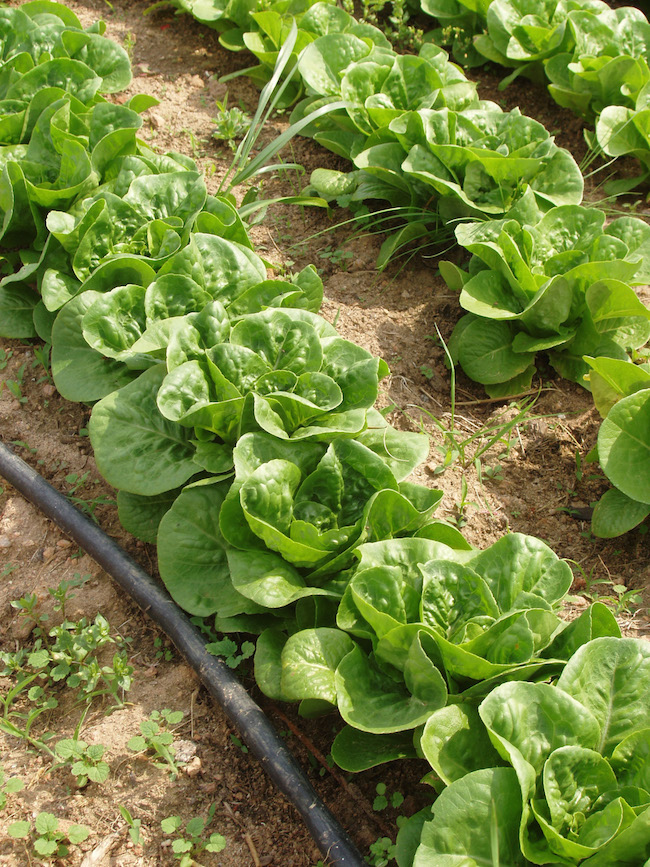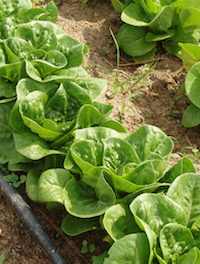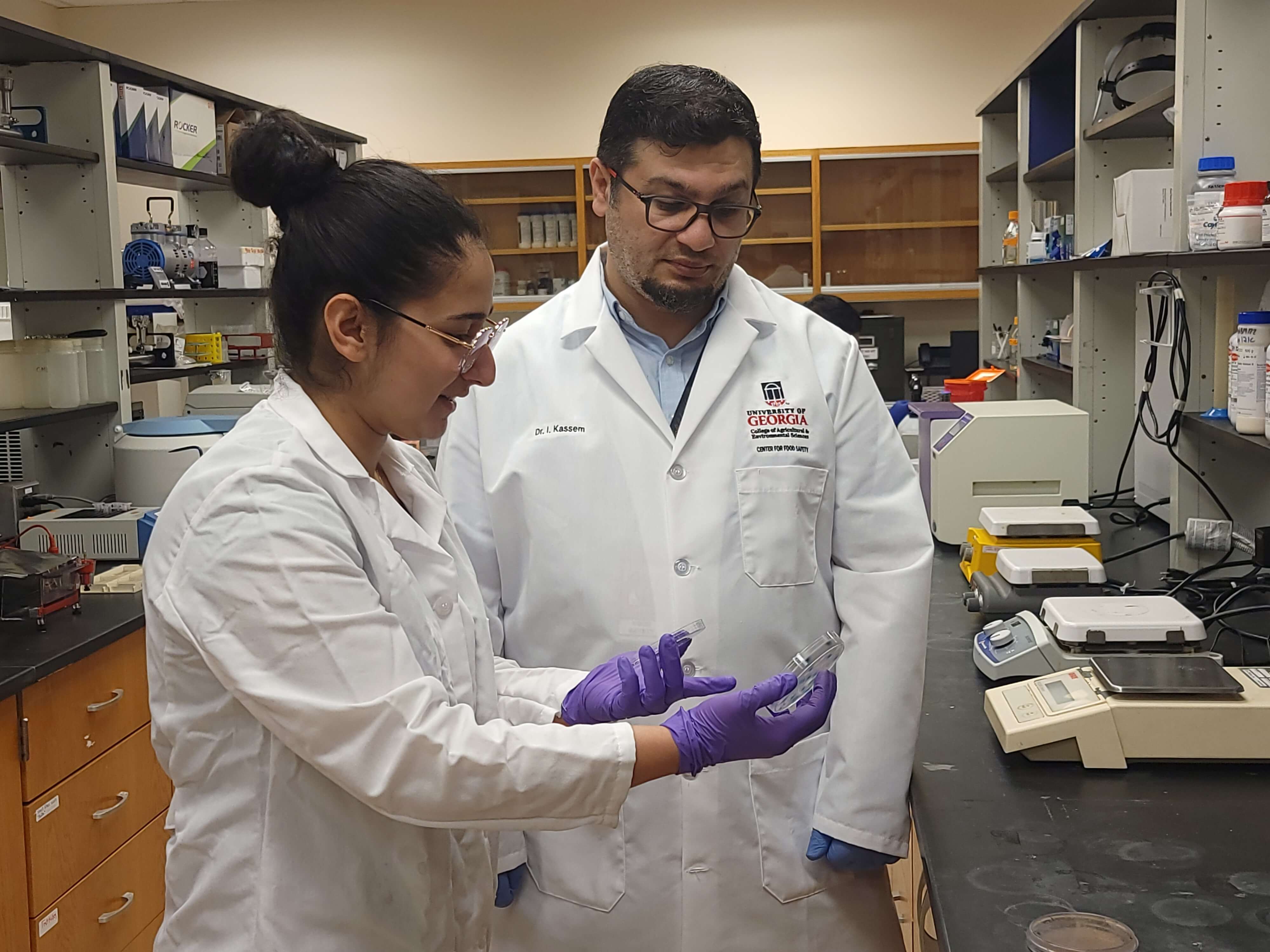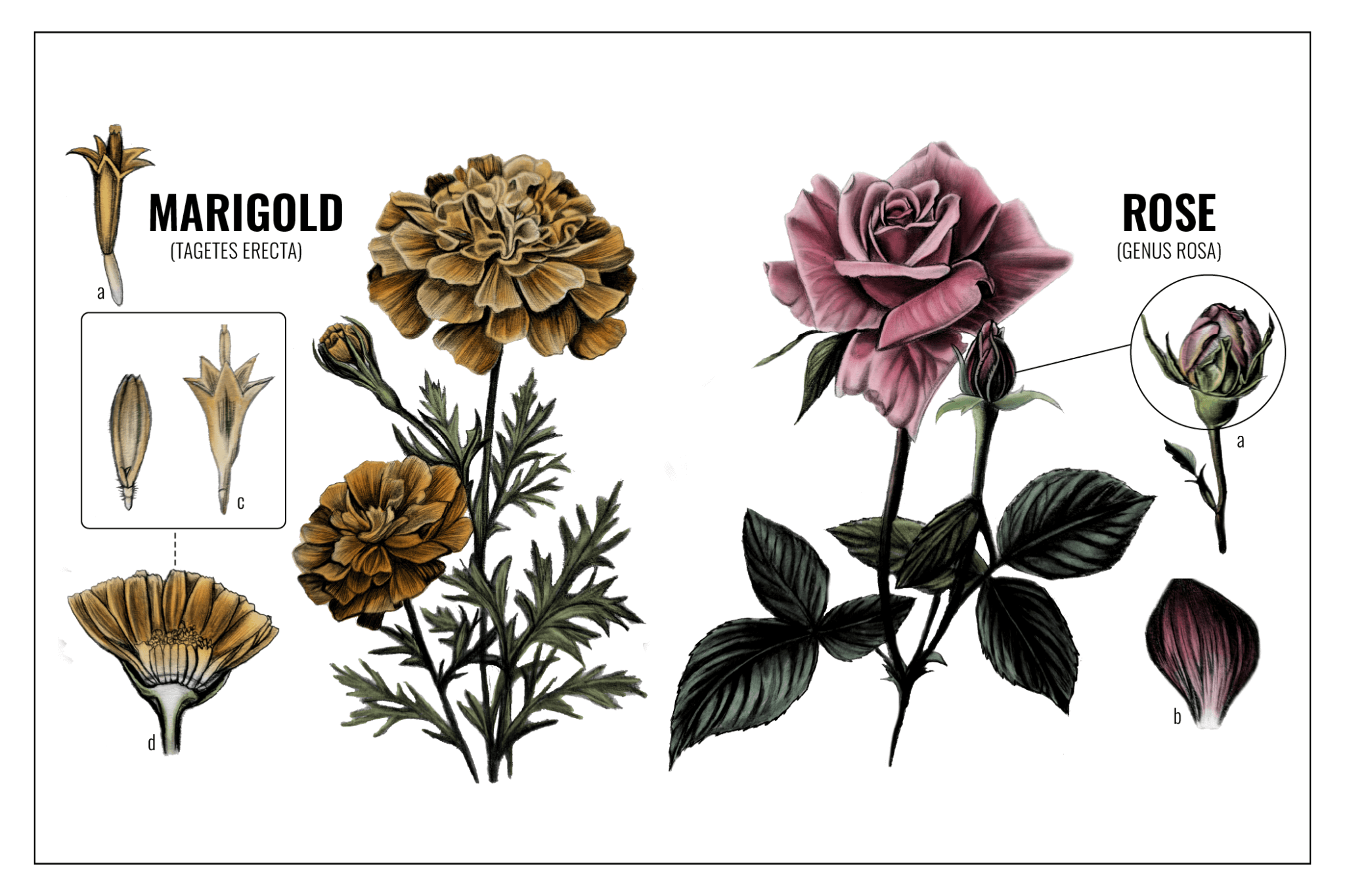An outbreak of E. coli linked to romaine lettuce grown in Yuma, Arizona, has been linked to one death, 52 hospitalizations and 121 case reports in 25 states across the U.S.
The Centers for Disease Control and Prevention (CDC) urges consumers to avoid buying or eating romaine lettuce unless they can confirm it is not from Yuma. Avoid whole heads of romaine, hearts of romaine, chopped romaine, and salad and salad mixes containing romaine.
Judy Harrison, University of Georgia Cooperative Extension food safety specialist, says washing produce won’t guarantee it’s free of pathogens, but it will help.
Cleaning the surface of leafy greens, like lettuce, can be difficult because of the natural openings in the leaves of the plant, which it uses for respiration. Bacteria can get inside the plant through these openings or through damaged areas and be protected there. If this happens, pathogens may not be removed by washing the lettuce. When eating raw agricultural products, the key to food safety is contamination prevention, Harrison said.
To reduce the risk of eating contaminated produce, UGA Extension food safety experts recommend the following practices:
- Wash hands with warm water and soap for 20 seconds before and after preparing fresh produce.
- Wash all produce in running water before eating it.
- Don’t use soap or detergent to clean the produce.
- Wash produce even if you plan to peel it.
- Scrub firm produce, like melons and cucumbers, with a clean produce brush.
- Dry produce with a clean cloth or paper towel.
- Remove damaged or bruised areas on fruits and vegetables, and throw rotten-looking produce away.
The Food and Drug Administration recommends the use of running water as the preferred method for cleaning produce at home.
Rub delicate produce, like grapes, gently. When washing produce with firm skin, like apples, rub the skin under running water.
For heads of lettuce and other greens, Harrison recommends discarding the outermost leaves before washing the remainder with running water, two to three leaves at a time. Use a single-use paper towel to dry the leaves, which may help to remove more pathogens, if present.
To reduce the risk of bringing home harmful bacteria, purchase fruits and vegetables that are free of bruises and cuts. Wash the produce before you eat, cut or cook it.
When purchasing precut or bagged produce that is labeled prewashed and ready-to-eat, washing the produce again at home is not necessary and instead may create opportunities for it to become contaminated.
When storing produce in the refrigerator, make sure it does not come into contact with fresh meats and chicken or their juices. To avoid cross-contamination, store fresh meats on the bottom shelf and away from produce.
To reduce the level of germs in your refrigerator, Harrison recommends you follow the CDC’s five steps to cleaning a refrigerator after a food recall:
- Throw out recalled food.
- Empty the refrigerator before cleaning it.
- Wash shelves and drawers.
- Clean and sanitize inside the refrigerator.
- Return shelves, drawers and food to the refrigerator.








